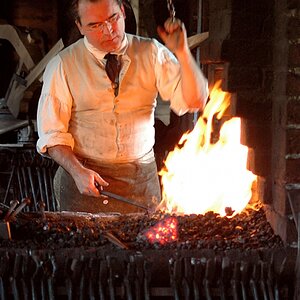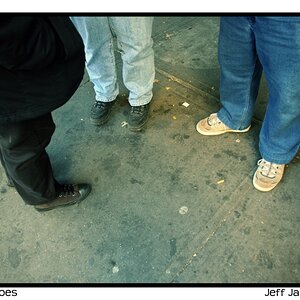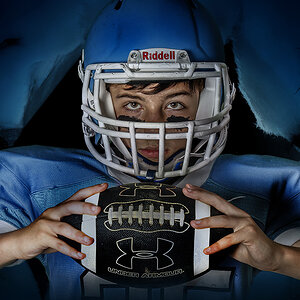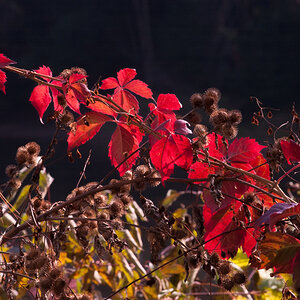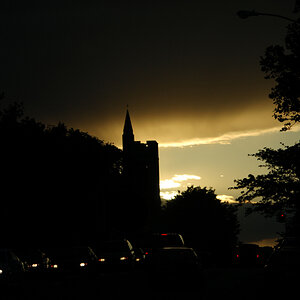cgipson1
TPF Noob!
- Joined
- Aug 18, 2011
- Messages
- 17,142
- Reaction score
- 4,350
- Can others edit my Photos
- Photos NOT OK to edit
Thanks for the explanation of why to shoot ISO 400 color film at 200 that makes sense. The only problem is I will be sending it off to be processed since I have no access to a dark room. Will they process it where I specify or where the film is marked if I shoot it at something marked differently from the film ?
Here is a quick shot of the gear....
View attachment 17268
Sweet! Yes.. most labs will gladly process as you request, sometimes at an extra charge though.


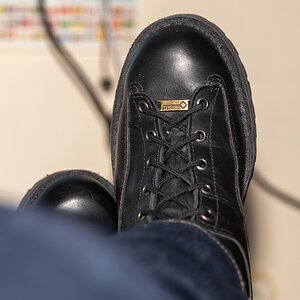
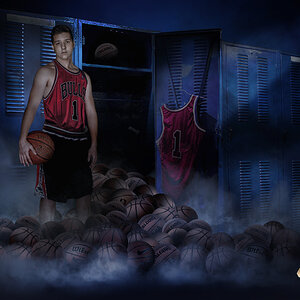
![[No title]](/data/xfmg/thumbnail/34/34078-48bd13f44e7bb42fdcc0154c5ee7c78e.jpg?1619736268)

